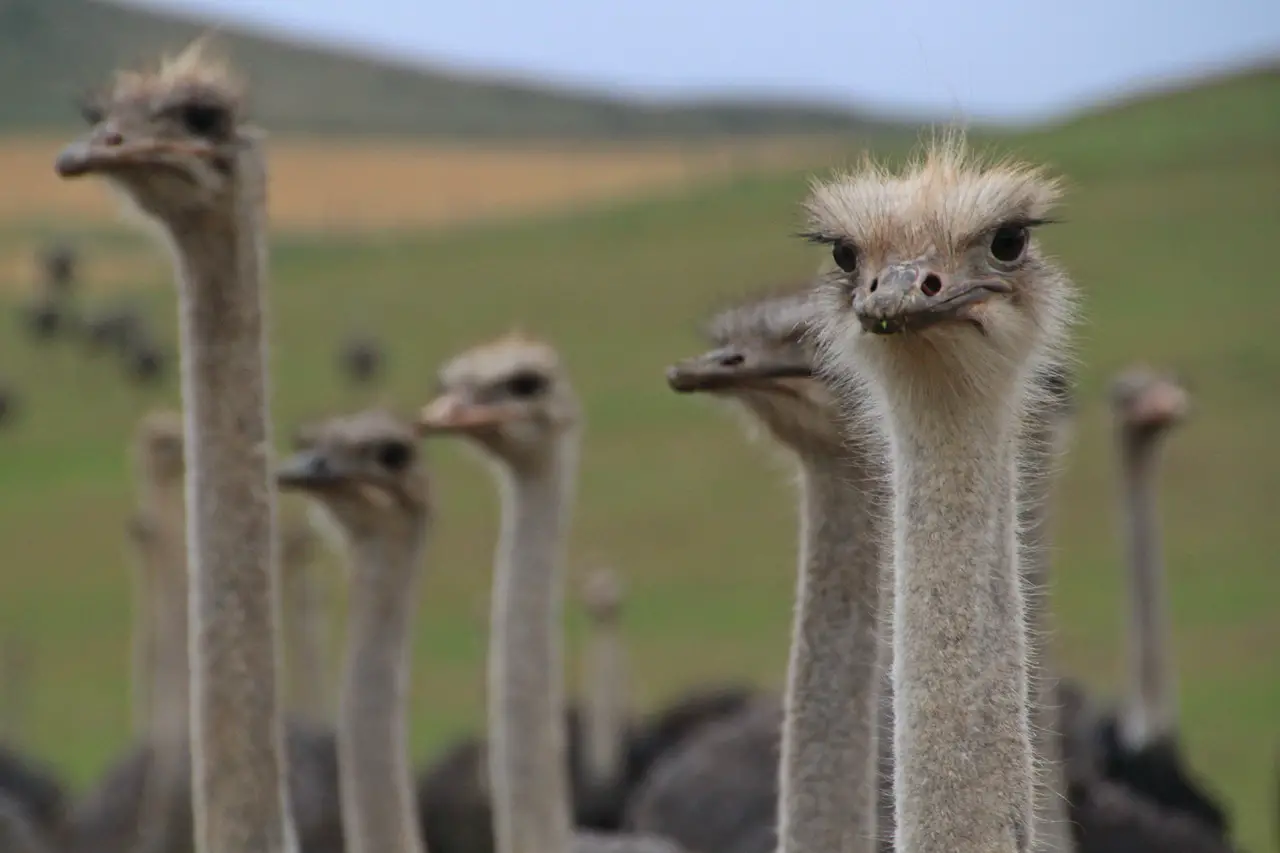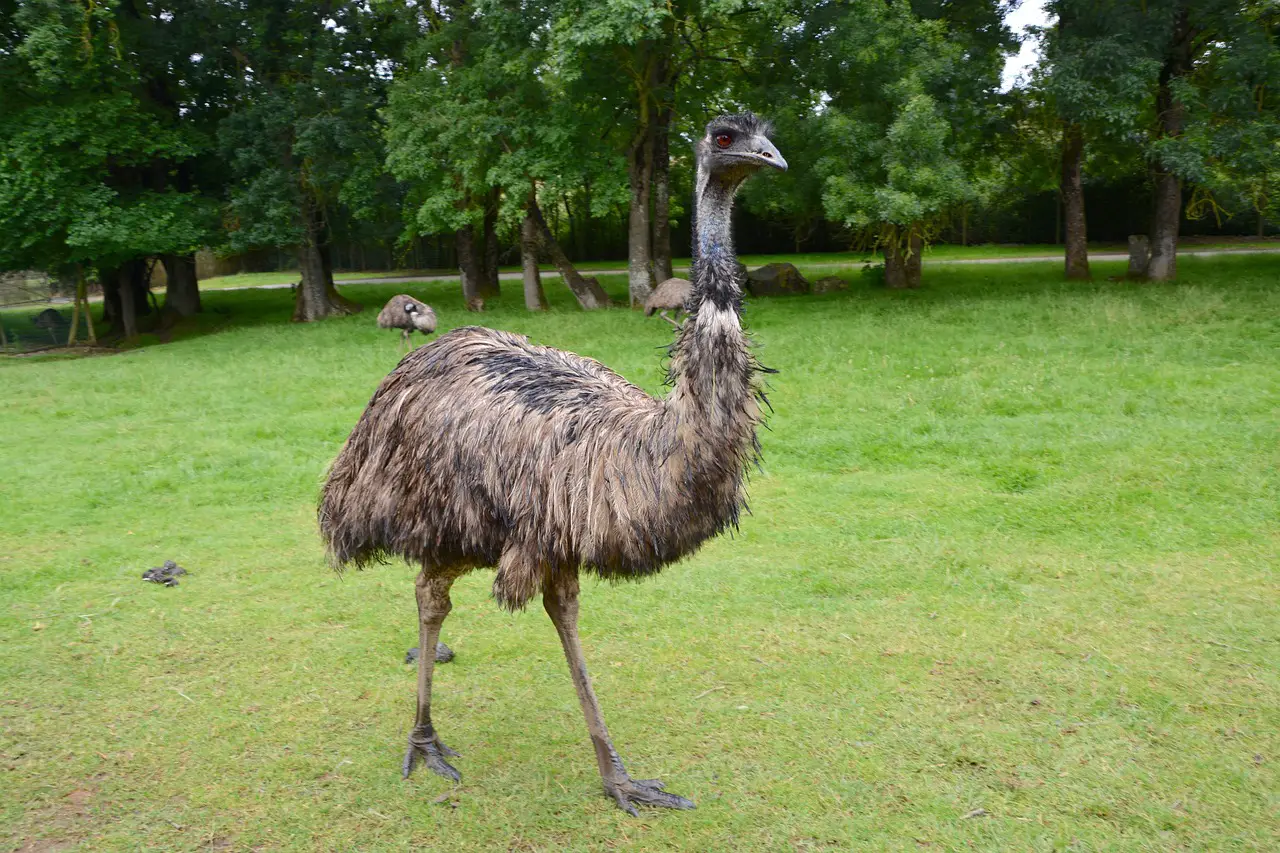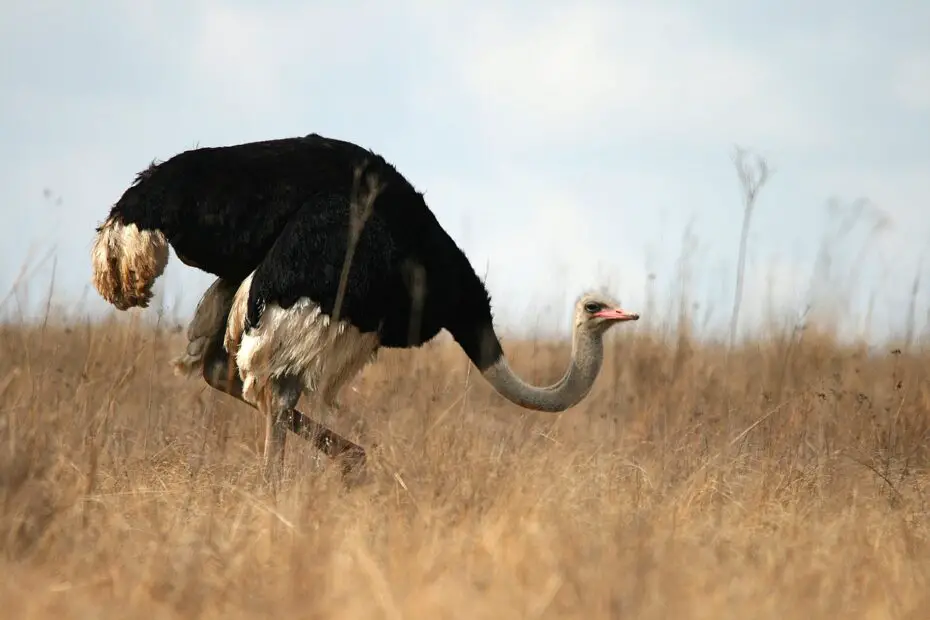Emu vs Ostrich, Emus and ostriches are two of the largest flightless birds on our planet. With their impressive size and unique adaptations, they have captured the curiosity and fascination of people around the world. In this article, we delve into the characteristics, behavior, and capabilities of these remarkable birds and explore the differences between them.
You may also want to read about the top 10 largest birds in the world.
An Overview of Emus and Ostriches
Physical Characteristics
Emus and ostriches share several physical similarities, such as their long necks, large bodies, and strong legs. However, subtle differences in their appearance and features set them apart.

Distribution and Habitat
Emus are native to Australia, where they inhabit various habitats ranging from open grasslands to dense forests. Ostriches, on the other hand, are found in Africa and thrive in diverse environments such as savannas, deserts, and semi-arid regions.
Emu vs Ostrich: Size and Appearance
Emu: The Australian Runner
Emus stand approximately 5 to 6 feet tall, making them the second-largest living bird species in the world. They have a brownish-gray plumage and a distinctive naked face with a prominent beak. Their wings are small compared to their body size.
Ostrich: The African Giant
Ostriches are the largest living bird species, reaching heights of up to 9 feet. They possess a mix of black and white feathers, with males displaying more vibrant colors during mating season. Ostriches have a unique neck and head shape, with large eyes and a powerful beak.
Comparative Behavior and Adaptations
Feeding Habits and Diet
Emus and ostriches are both omnivorous, but their diet preferences differ slightly. Emus feed on various plant matter, insects, small vertebrates, and even some fruits, while ostriches primarily consume plant material, seeds, and occasionally insects and small animals.

Nesting and Reproduction
Both species exhibit interesting nesting and reproductive behaviors. Emus construct large nests on the ground, where the male takes on the responsibility of incubating the eggs. Ostriches create shallow nests and rely on communal incubation, with multiple females contributing their eggs to a single nest guarded by the dominant male.
Running Speed and Agility
Emu: Swiftness on Land
Emus are known for their remarkable running abilities. They can reach speeds of up to 30 miles per hour and are adept at maneuvering through different terrains. Their strong legs and agile movements make them swift and agile runners.
Ostrich: The Fastest Bird
Ostriches are renowned for their incredible running speed, making them the fastest bird species on Earth. They can sprint at speeds exceeding 40 miles per hour, covering large distances in a short period. Their long legs and powerful muscles enable them to achieve such remarkable velocity.
Conclusion
In the battle of emu vs. ostrich, both birds exhibit extraordinary traits and adaptations that have enabled them to thrive in their respective habitats. While emus are known for their agility and adaptability in the Australian outback, ostriches reign supreme as the fastest-running bird in the African savannas. Each species has its own unique charm and role in the natural world.
As humans, we are fortunate to witness and appreciate the magnificence of these fascinating creatures. Their existence serves as a reminder of the incredible diversity of life on our planet and the importance of preserving their habitats for generations to come.
FAQs
- Can emus and ostriches fly? No, both emus and ostriches are flightless birds. Their wings are adapted for balance and stability rather than flight.
- Which bird is larger, an emu or an ostrich? Ostriches are larger than emus. While emus can reach heights of around 5 to 6 feet, ostriches can grow up to 9 feet tall.
- Are emus and ostriches aggressive towards humans? In general, both emus and ostriches are not naturally aggressive towards humans. However, they may display defensive behaviors if they feel threatened or cornered.
- Do emus and ostriches have any natural predators? Both emus and ostriches have few natural predators due to their large size and formidable defenses. However, young chicks may be vulnerable to predation by certain carnivorous animals.
- Are emus and ostriches endangered species? Emus are classified as a species of “least concern” in terms of conservation status. Ostriches, on the other hand, have different subspecies, some of which are considered vulnerable or endangered due to habitat loss and hunting.
